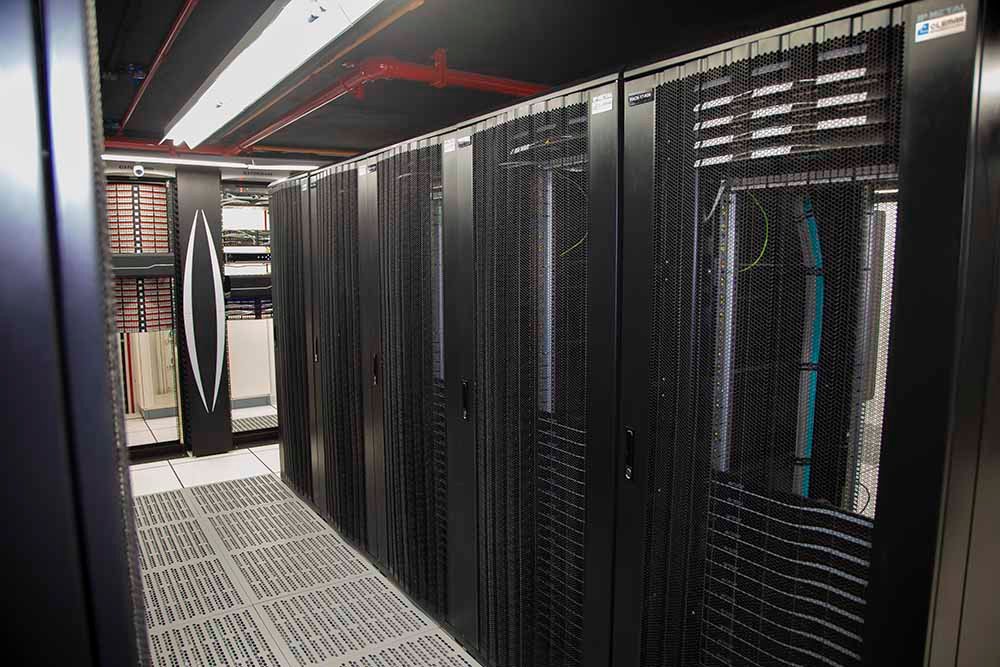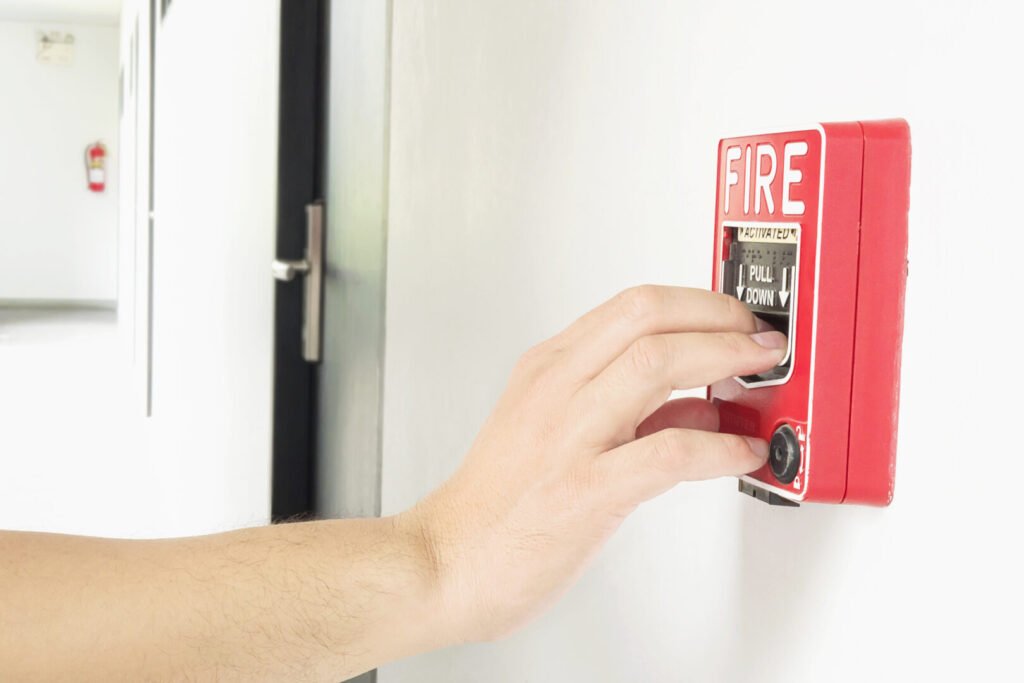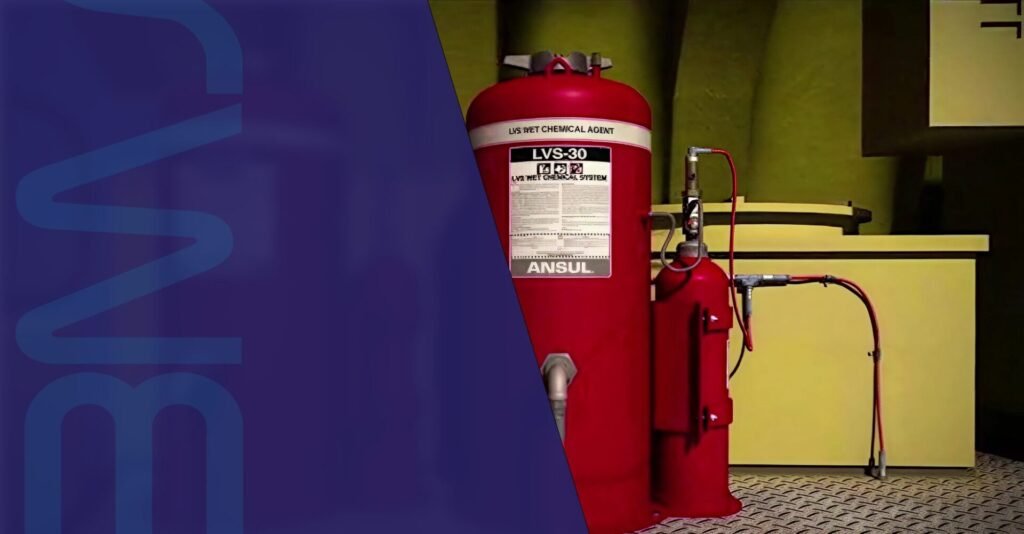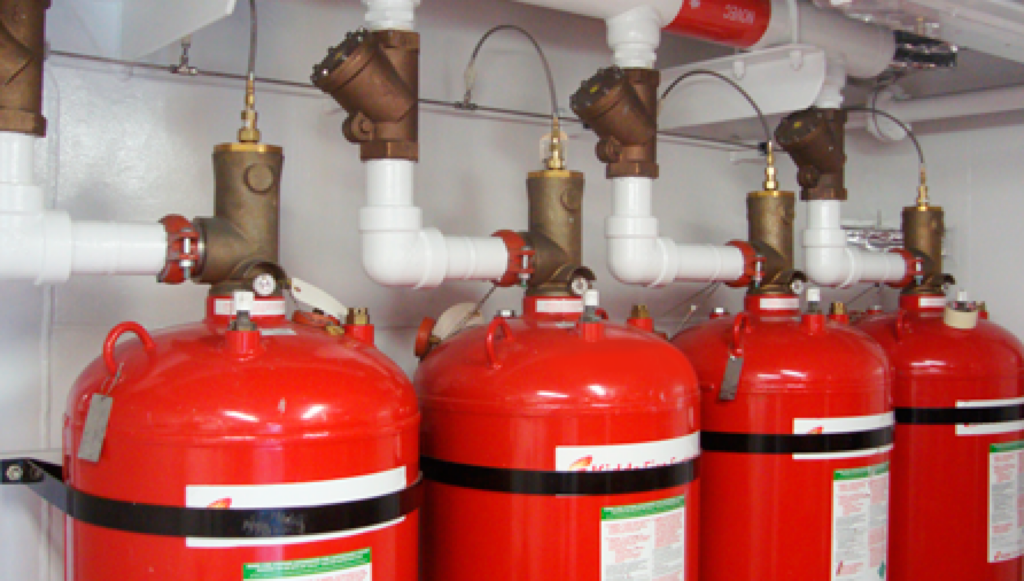
A fire detection system is a critical part of any fire safety strategy, designed to detect fires at the earliest possible stage and trigger alerts so that occupants can evacuate and firefighting measures can be activated quickly.
Unlike suppression systems that focus on extinguishing fires, fire detection systems specialize in early identification of smoke, heat, or flames, reducing the time it takes to respond and minimizing potential damage.
These systems are essential for commercial buildings, industrial facilities, data centers, healthcare environments, and hazardous areas where rapid fire detection is crucial for life safety and operational continuity.
How a Fire Detection System Works
A fire detection system integrates sensors, control panels, and alarm devices to ensure a quick response.
-
Detection – Devices identify smoke particles, heat changes, or flame signatures.
-
Signal Transmission – The detector sends a signal to the fire alarm control panel (FACP).
-
Notification – The system activates alarms (audible/visual) and can trigger automated safety responses such as shutting down ventilation or releasing suppression agents.
Fire detection systems are part of active fire protection, working alongside passive measures like fire compartmentation and fire-rated materials.
Fire Detection System vs. Fire Suppression System
While they work together, they have distinct functions:
-
Fire detection systems sense a fire’s presence and raise an alarm.
-
Fire suppression systems release an extinguishing agent to control or extinguish the fire.
Benefits of Installing a Fire Detection System
-
Rapid detection of fires before they escalate
-
Enhanced life safety through early warning
-
Integration with other safety and building management systems
When to Install a Fire Detection System
Fire detection systems are required or recommended in:
-
High-occupancy buildings – offices, schools, hotels
-
Industrial plants – especially in hazardous zones (ATEX, IECEx)
-
Data centers – early warning to prevent downtime
-
Hospitals and healthcare facilities – for patient safety
-
Warehouses – to protect large inventory areas
For compliance standards, see NFPA Fire Detection and Alarm Systems.
Types of Fire Detection Systems
1. Heat Detectors
-
Fixed Temperature – Activates when a preset temperature is reached
-
Rate-of-Rise – Detects rapid increases in heat
2. Smoke Detectors
-
Ionization – Best for fast-flaming fires
-
Photoelectric – More effective for smoldering fires
-
Aspirating Smoke Detection (ASD) – Ultra-sensitive, ideal for data centers and clean rooms
3. Carbon Monoxide Detectors
-
Monitor CO gas levels to provide early warning of fire or dangerous gas accumulation.
4. Multisensor Detectors
-
Combine smoke, heat, and sometimes CO sensing for higher accuracy and fewer false alarms.
5. Manual Call Points
-
Allow occupants to manually trigger the fire alarm system in case of emergency.

Industries That Rely on Fire Detection Systems
-
Oil & Gas – Detect fires in explosive environments
-
Manufacturing – Monitor production areas with combustible materials
-
Warehousing – Early warning for large storage spaces
-
Data Centers – Protect sensitive IT infrastructure
-
Healthcare – Ensure safe evacuation for vulnerable patients
Conclusion
A fire detection system is the first line of defense against fire emergencies. By providing early warning, it enables faster evacuation, reduces property loss, and enhances overall safety. Choosing the right system requires assessing the environment, fire risks, and applicable regulations—ensuring both life safety and compliance.


